Neutral density filter film ideas
Home » Background » Neutral density filter film ideasYour Neutral density filter film images are ready in this website. Neutral density filter film are a topic that is being searched for and liked by netizens now. You can Get the Neutral density filter film files here. Find and Download all royalty-free photos and vectors.
If you’re searching for neutral density filter film images information connected with to the neutral density filter film keyword, you have visit the ideal site. Our site frequently provides you with hints for refferencing the highest quality video and picture content, please kindly hunt and locate more informative video articles and graphics that match your interests.
Neutral Density Filter Film. What does ND Filter Expert do. For example a UV filter is designed to filter out UV light a throwback from film days as modern camera sensors tend to have built-in UV filters. The result is that less light passes through the lens and reaches the cameras sensor or film. Applying an AR coating to a single side of the filter film increases rigidity and durability allowing for more size offerings and easing mounting.
 Neutral Density Filter Wikiwand From wikiwand.com
Neutral Density Filter Wikiwand From wikiwand.com
If certain areas are too bright for your desired camera settings an ND filter may be the solution. A neutral density filter or ND filter is a physical filter made of resin or glass that attaches to the front of your lens. With ND Filter Expert you can calculate the exposure time super fast and easy if you use ND filters on your SLR camera or if you want to know which ND filter. 45 out of 5 stars458. A neutral density filter is one that blocks light. A neutral density ND filter is a type of grey filter that easily attaches to a camera lens to control how much light enters the cameras sensor.
For celluloid film ND filters only need to block light in the visible spectrum.
A neutral density filter is a photographic filter that reduces the amount of light that strikes the sensor by a specific amount and causes no change in the color of the photographic image. ND filters have two main purposes. The result is that less light passes through the lens and reaches the cameras sensor or film. A neutral density ND filter is a type of grey filter that easily attaches to a camera lens to control how much light enters the cameras sensor. ND neutral density filters are made to equally dim all wavelengths of light. With ND Filter Expert you can calculate the exposure time super fast and easy if you use ND filters on your SLR camera or if you want to know which ND filter.
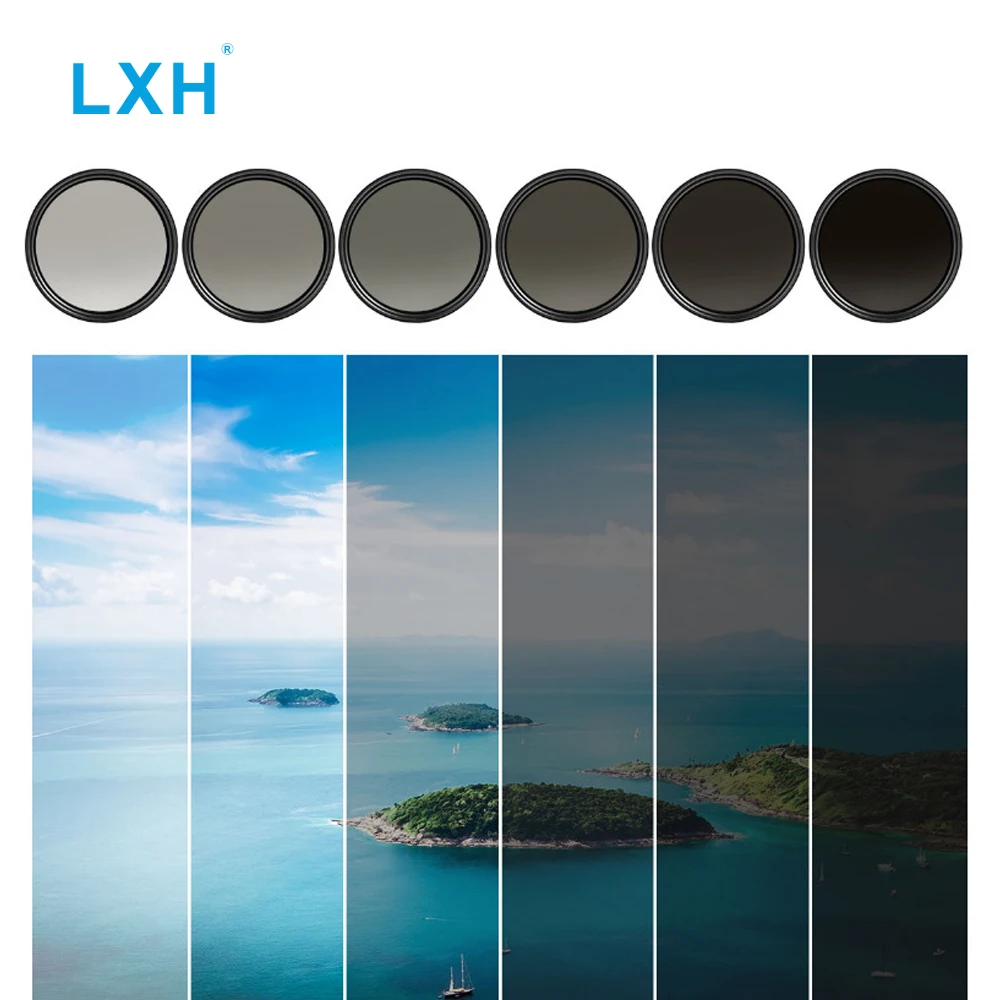 Source: aliexpress.com
Source: aliexpress.com
The result is that less light passes through the lens and reaches the cameras sensor or film. However many of todays silicon-based digital sensors are sensitive to. If certain areas are too bright for your desired camera settings an ND filter may be the solution. Get it as soon as Thu May 27. Typically Wratten filters are delicate and difficult to handle complicating mounting and system integration.
 Source: windowtintz.com
Source: windowtintz.com
Digital cameras today have a much wider exposure range about 5-8 stops if shooting in RAW in comparison to film with roughly a 3 stop range. A neutral density filter or ND filter is a physical filter made of resin or glass that attaches to the front of your lens. Laminated Neutral Density ND Filter Film features an anti-reflection AR coating to reduce glare and reflection with little impact on overall optical density. Since a neutral density filter is neutral it doesnt have any impact on image colour contrast or sharpness. However many of todays silicon-based digital sensors are sensitive to.
 Source: review.bukalapak.com
Source: review.bukalapak.com
Placed in front of the lens ordinary neutral density ND filters reduce light with no effect to image color or contrast while giving more control over exposure and depth of field. Applying an AR coating to a single side of the filter film increases rigidity and durability allowing for more size offerings and easing mounting. ND filters enable photographers to use either a slower shutter speed or a wider aperture or a combination of both. If certain areas are too bright for your desired camera settings an ND filter may be the solution. Digital cameras today have a much wider exposure range about 5-8 stops if shooting in RAW in comparison to film with roughly a 3 stop range.
 Source: photo.blogoverflow.com
Source: photo.blogoverflow.com
Lee Filters ProGlass IRND are a range of neutral density filters ND with values ranging from 06ND through to 45ND available for the Seven5 100mm and SW-150 filters systems. ND Filters also known as Neutral Density Filters are often used in imaging or laser applications where excessive light can be damaging to camera sensors or other optical components. A neutral density filter is a photographic filter that reduces the amount of light that strikes the sensor by a specific amount and causes no change in the color of the photographic image. What does ND Filter Expert do. They can be used on film or digital cameras and block out some of the light in your image.
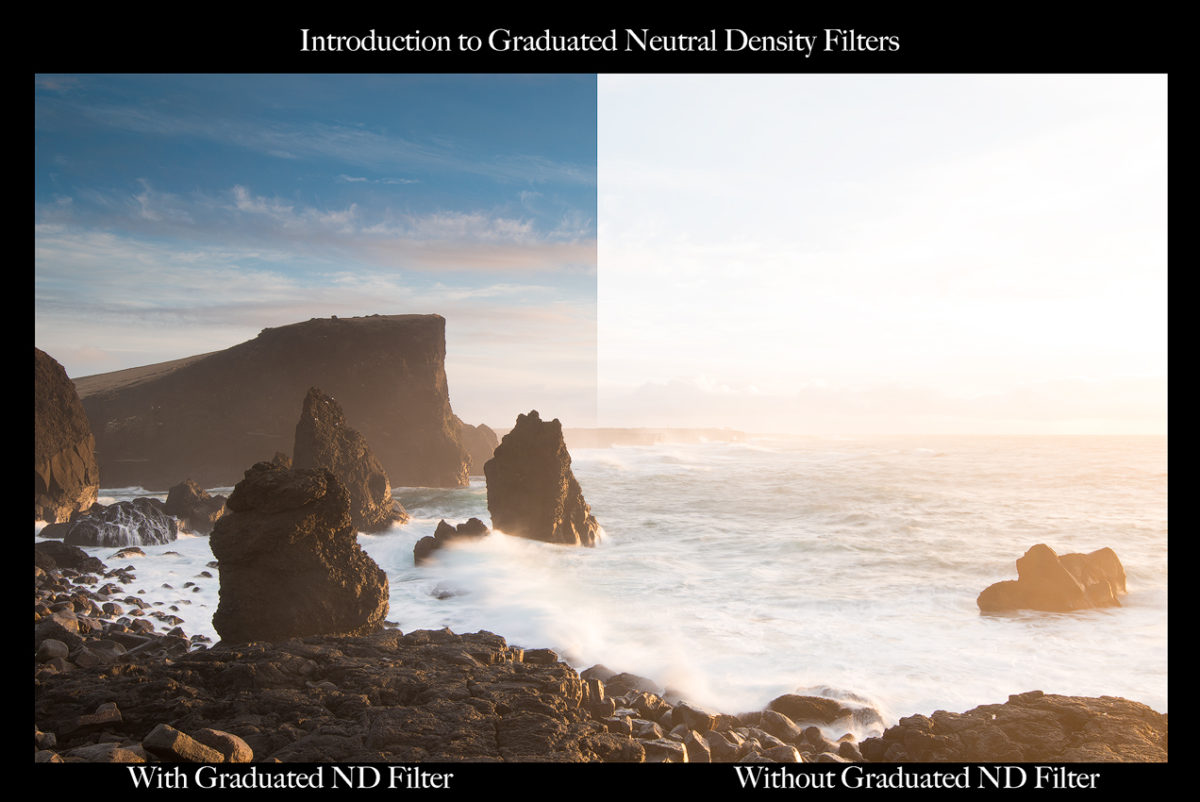 Source: eps-production.com
Source: eps-production.com
ND filters are reasonably easy to use with X Series mirrorless cameras. Neutral density filters are also great for cityscape photography as the longer shutter speeds can make people moving through the streets disappear they simply dont stand still for long enough to register on camera. The IRND coatings are designed to extend photographic exposure times and cut infrared and ultraviolet light leading to neutral colour casts and clear and crisp images. Laminated Neutral Density ND Filter Film features an anti-reflection AR coating to reduce glare and reflection with little impact on overall optical density. ND Filters also known as Neutral Density Filters are often used in imaging or laser applications where excessive light can be damaging to camera sensors or other optical components.
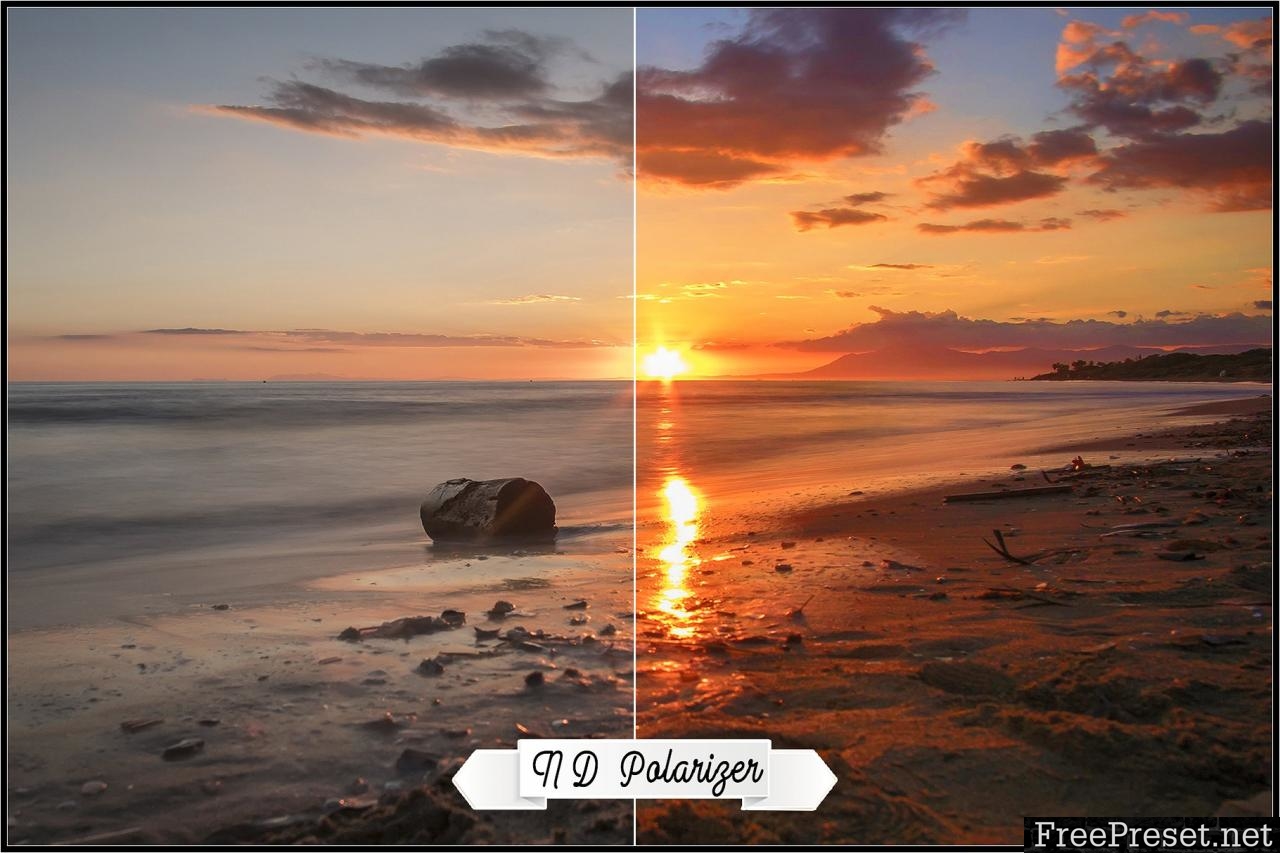 Source: freepreset.net
Source: freepreset.net
A neutral density filter or ND filter is a physical filter made of resin or glass that attaches to the front of your lens. 45 out of 5 stars458. For example a UV filter is designed to filter out UV light a throwback from film days as modern camera sensors tend to have built-in UV filters. ND neutral density filters are made to equally dim all wavelengths of light. Laminated Neutral Density ND Filter Film features an anti-reflection AR coating to reduce glare and reflection with little impact on overall optical density.
 Source: edmundoptics.com
Source: edmundoptics.com
A neutral density filter or ND filter is a physical filter made of resin or glass that attaches to the front of your lens. Neutral density ND filters are most useful when a long exposure time is desired but not attainable given the available lighting. ND Filters also known as Neutral Density Filters are often used in imaging or laser applications where excessive light can be damaging to camera sensors or other optical components. For celluloid film ND filters only need to block light in the visible spectrum. Digital cameras today have a much wider exposure range about 5-8 stops if shooting in RAW in comparison to film with roughly a 3 stop range.
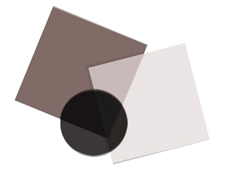 Source: edmundoptics.com
Source: edmundoptics.com
There are several ways of measuring the strength of neutral density filters but they are basically all different ways of. ND filters are reasonably easy to use with X Series mirrorless cameras. Since a neutral density filter is neutral it doesnt have any impact on image colour contrast or sharpness. Neutral density filters are also great for cityscape photography as the longer shutter speeds can make people moving through the streets disappear they simply dont stand still for long enough to register on camera. The rectangular GND filters are more popular than circular because they allow the photographer to adjust the position of the transition area from light to dark.
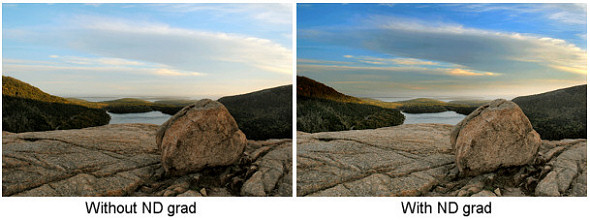 Source: bobatkins.com
Source: bobatkins.com
ND Filters are also ideal for preventing excessive light from causing inaccurate results in photometer applications. ND filters have two main purposes. Get it as soon as Thu May 27. ND filters enable photographers to use either a slower shutter speed or a wider aperture or a combination of both. Applying an AR coating to a single side of the filter film increases rigidity and durability allowing for more size offerings and easing mounting.
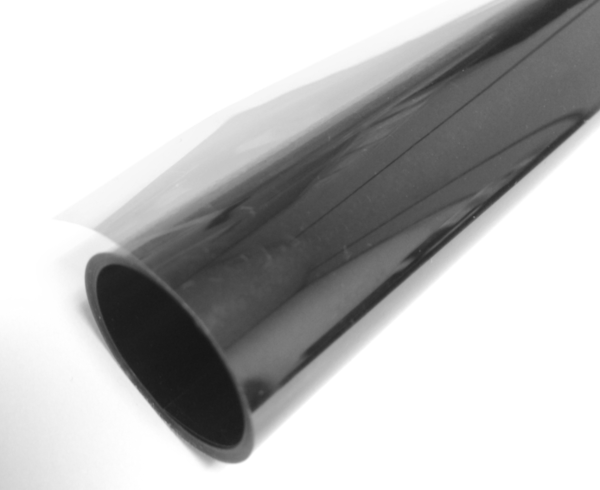 Source: epakelectronics.com
Source: epakelectronics.com
45 out of 5 stars458. Graduated Neutral Density Filter GND The GND filter is an ND filter that transitions from light to dark. For example a UV filter is designed to filter out UV light a throwback from film days as modern camera sensors tend to have built-in UV filters. However many of todays silicon-based digital sensors are sensitive to. Neutral density filters are essentially gray filters designed to equally reduce the amount of light hitting the cameras sensor thereby increasing exposure times.
 Source: wikiwand.com
Source: wikiwand.com
Digital cameras today have a much wider exposure range about 5-8 stops if shooting in RAW in comparison to film with roughly a 3 stop range. There are several ways of measuring the strength of neutral density filters but they are basically all different ways of. I would agree with a couple of the other post in that the 2 and 3 stop filters are used the most in particular the 3 stop. Typically Wratten filters are delicate and difficult to handle complicating mounting and system integration. For example a UV filter is designed to filter out UV light a throwback from film days as modern camera sensors tend to have built-in UV filters.
 Source: digital-photography-school.com
Source: digital-photography-school.com
A neutral density filter is a photographic filter that reduces the amount of light that strikes the sensor by a specific amount and causes no change in the color of the photographic image. Laminated Neutral Density ND Filter Film features an anti-reflection AR coating to reduce glare and reflection with little impact on overall optical density. For celluloid film ND filters only need to block light in the visible spectrum. The result is that less light passes through the lens and reaches the cameras sensor or film. A filter is a product usually made of glass but sometimes made of resin or other material which is designed to have some impact on the light hitting your cameras sensor.
 Source: windowtintz.com
Source: windowtintz.com
Laminated Neutral Density ND Filter Film features an anti-reflection AR coating to reduce glare and reflection with little impact on overall optical density. Neutral density filters are essentially gray filters designed to equally reduce the amount of light hitting the cameras sensor thereby increasing exposure times. Lee Filters ProGlass IRND are a range of neutral density filters ND with values ranging from 06ND through to 45ND available for the Seven5 100mm and SW-150 filters systems. ND neutral density filters are made to equally dim all wavelengths of light. Digital cameras today have a much wider exposure range about 5-8 stops if shooting in RAW in comparison to film with roughly a 3 stop range.
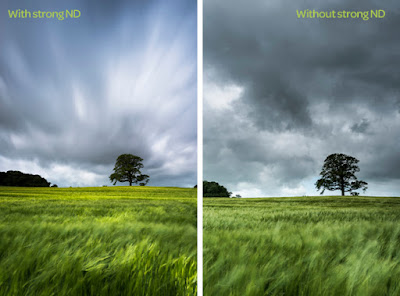 Source: digitalfotografi.net
Source: digitalfotografi.net
Lee Filters ProGlass IRND are a range of neutral density filters ND with values ranging from 06ND through to 45ND available for the Seven5 100mm and SW-150 filters systems. Get it as soon as Thu May 27. There are several ways of measuring the strength of neutral density filters but they are basically all different ways of. For celluloid film ND filters only need to block light in the visible spectrum. They can be used on film or digital cameras and block out some of the light in your image.
 Source: belfot.com
Source: belfot.com
Neutral Density Filters ND These filters possess level spectral transmittance characteristics in the visible region independent of wavelength. ND filters have two main purposes. There are several ways of measuring the strength of neutral density filters but they are basically all different ways of. A neutral density filter is a photographic filter that reduces the amount of light that strikes the sensor by a specific amount and causes no change in the color of the photographic image. A filter is a product usually made of glass but sometimes made of resin or other material which is designed to have some impact on the light hitting your cameras sensor.
 Source: belfot.com
Source: belfot.com
For celluloid film ND filters only need to block light in the visible spectrum. A neutral density filter or ND filter is a physical filter made of resin or glass that attaches to the front of your lens. Lee Filters ProGlass IRND are a range of neutral density filters ND with values ranging from 06ND through to 45ND available for the Seven5 100mm and SW-150 filters systems. Typically Wratten filters are delicate and difficult to handle complicating mounting and system integration. The rectangular GND filters are more popular than circular because they allow the photographer to adjust the position of the transition area from light to dark.
 Source: photo.blogoverflow.com
Source: photo.blogoverflow.com
They are ideal for exposure control in color photography and are also used for light control in other measuring instruments. They can be used on film or digital cameras and block out some of the light in your image. They are ideal for exposure control in color photography and are also used for light control in other measuring instruments. Neutral density ND filters are most useful when a long exposure time is desired but not attainable given the available lighting. ND Filters are also ideal for preventing excessive light from causing inaccurate results in photometer applications.
 Source: dronenodes.com
Source: dronenodes.com
Placed in front of the lens ordinary neutral density ND filters reduce light with no effect to image color or contrast while giving more control over exposure and depth of field. Laminated Neutral Density ND Filter Film features an anti-reflection AR coating to reduce glare and reflection with little impact on overall optical density. Neutral density ND filters are most useful when a long exposure time is desired but not attainable given the available lighting. However many of todays silicon-based digital sensors are sensitive to. Neutral density filters are also great for cityscape photography as the longer shutter speeds can make people moving through the streets disappear they simply dont stand still for long enough to register on camera.
This site is an open community for users to submit their favorite wallpapers on the internet, all images or pictures in this website are for personal wallpaper use only, it is stricly prohibited to use this wallpaper for commercial purposes, if you are the author and find this image is shared without your permission, please kindly raise a DMCA report to Us.
If you find this site convienient, please support us by sharing this posts to your preference social media accounts like Facebook, Instagram and so on or you can also save this blog page with the title neutral density filter film by using Ctrl + D for devices a laptop with a Windows operating system or Command + D for laptops with an Apple operating system. If you use a smartphone, you can also use the drawer menu of the browser you are using. Whether it’s a Windows, Mac, iOS or Android operating system, you will still be able to bookmark this website.
Category
Related By Category
- The cost of doing business is also known as ideas
- Luminar vs affinity photo ideas
- Ken lyons ideas
- Adobesystemscom phishing ideas
- Photoshop before after shortcut ideas
- Lightroom portable ideas
- Wating photo ideas
- Grays casting information
- Photoshop turned black and white information
- Critical networking ideas